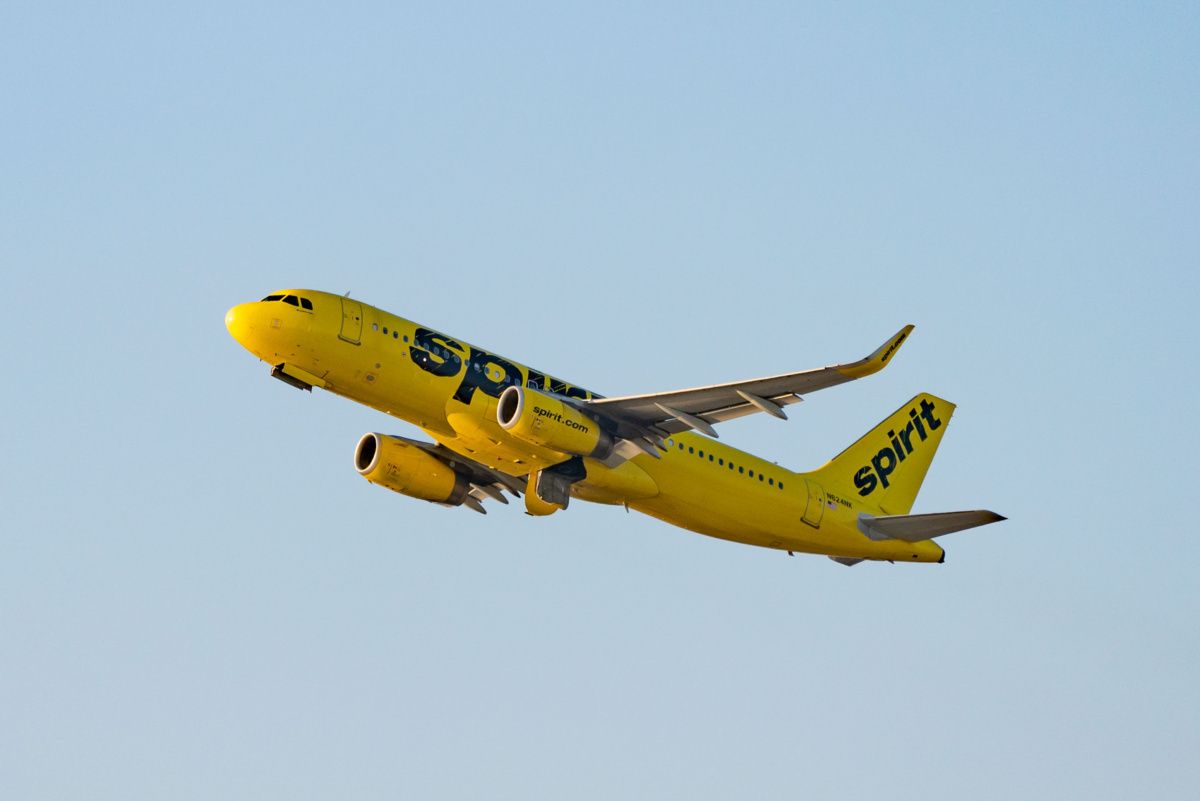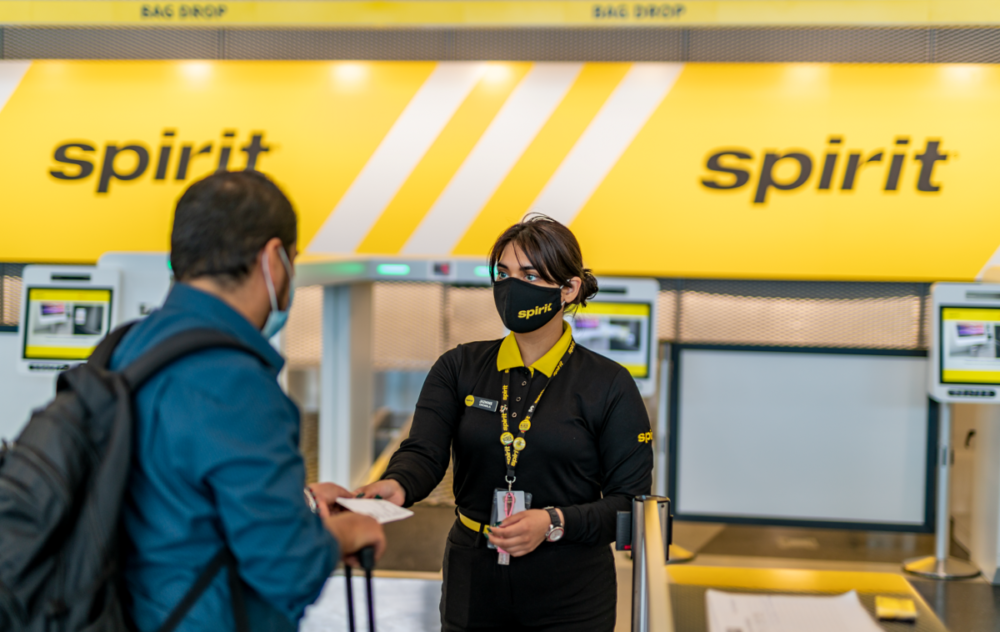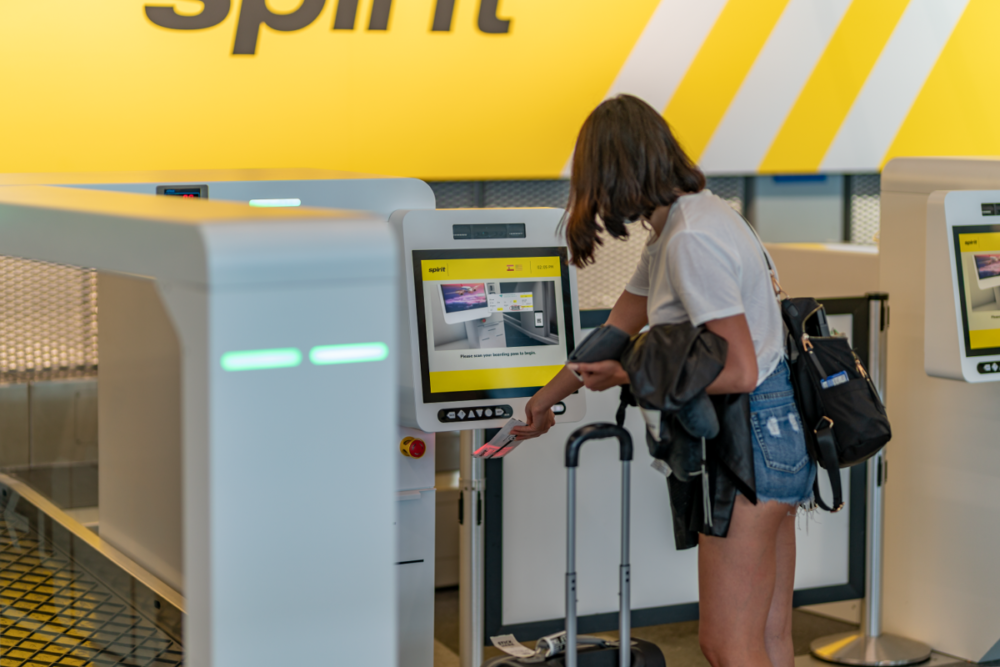Spirit Airlines today revealed two brand new check-in zones At New York's La Guardia and Chicago's O'Hare airports. The new check-in areas will speed up the experience, and will also reduce face-to-face interaction, an added boon given the current circumstances facing the industry.
For a while now, biometrics such as facial ID has been creeping into the airport experience. Some countries in the European Union offer facial recognition when crossing the border. Now, the technology is starting to spread into other areas of the airport experience, as was today demonstrated by Spirit Airlines.
How does it work?
As the process currently stands, human interaction is required as the first step. Passengers must show an agent their ID before using the self-check-in station. However, the airline is working with the TSA to eliminate this step following evaluation and approval.
Stay informed: Sign up for our daily aviation news digest.
Once the passenger's ID is verified, they can move on to the check-in machines, which will scan the ID presented. Facial recognition technology will then compare the passenger's face to the ID offered.
Data written on the ID will also be compared with that given by the guest when booking the flight. None of this information will leave Spirit's systems. That means that no government agency will have visibility of the data.
Assuming that everything matches up as expected, the process will continue. Passengers will get the option to pay to add additional services. If they are traveling with baggage, it will be weighed on the belt, then sent into the airport's inner workings once the passenger has added a tag.
Commenting on the new area, Spirit Airlines' CEO Ted Christie said,
"We knew early on that automation and biometric photo-matching would make the check-in process smoother. Now in 2020, we’re realizing those same elements are just as valuable when it comes to helping people feel comfortable flying. Limiting touchpoints and unnecessary face-to-face interactions will change the way airports operate."
The start of things to come?
Spirit Airline's biometric check-in process could become more of a standard within the aviation industry. Indeed, many airlines were already evaluating the technology even before the crisis. However, the current situation is likely to shift these projects up the priority list a notch.
Using biometric technology allows airlines to remove some of the human interaction required between passengers and staff. While airlines are doing all they can to keep their passengers safe, this is an additional layer that will instill a sense of confidence in travelers, something that is much needed right now. Even once the pandemic has passed, the technology will still be useful, as it will speed up the check-in process for passengers.
Additionally, the technology in use could be more accurate at spotting forged travel documents than the human eye. Spirit Airlines mentioned that its technology would reject fraudulent papers presented at check-in. It can verify over 50,000 different types of identity from over 200 countries.
What do you make of Spirit's new biometric check-in system? Let us know in the comments!



